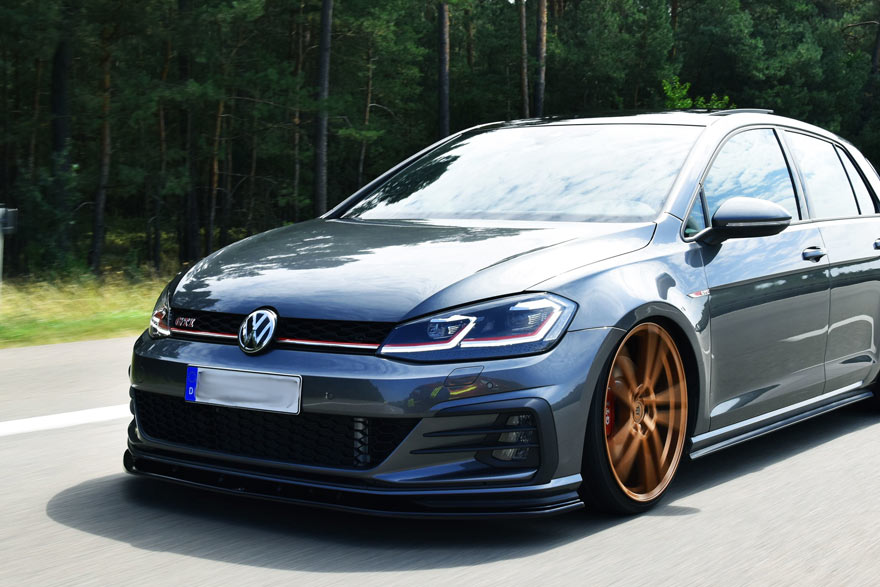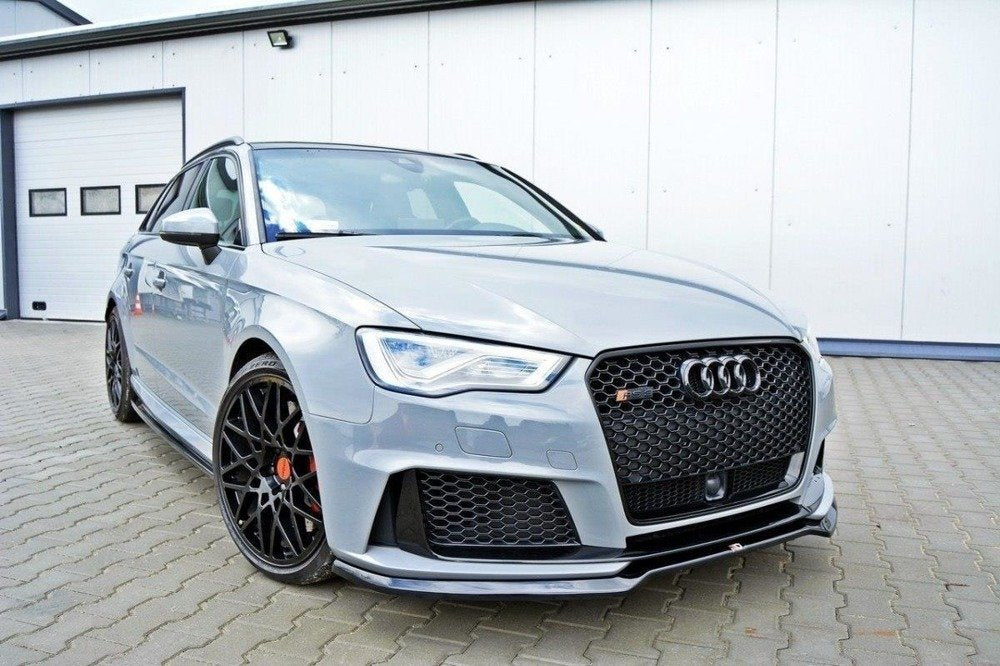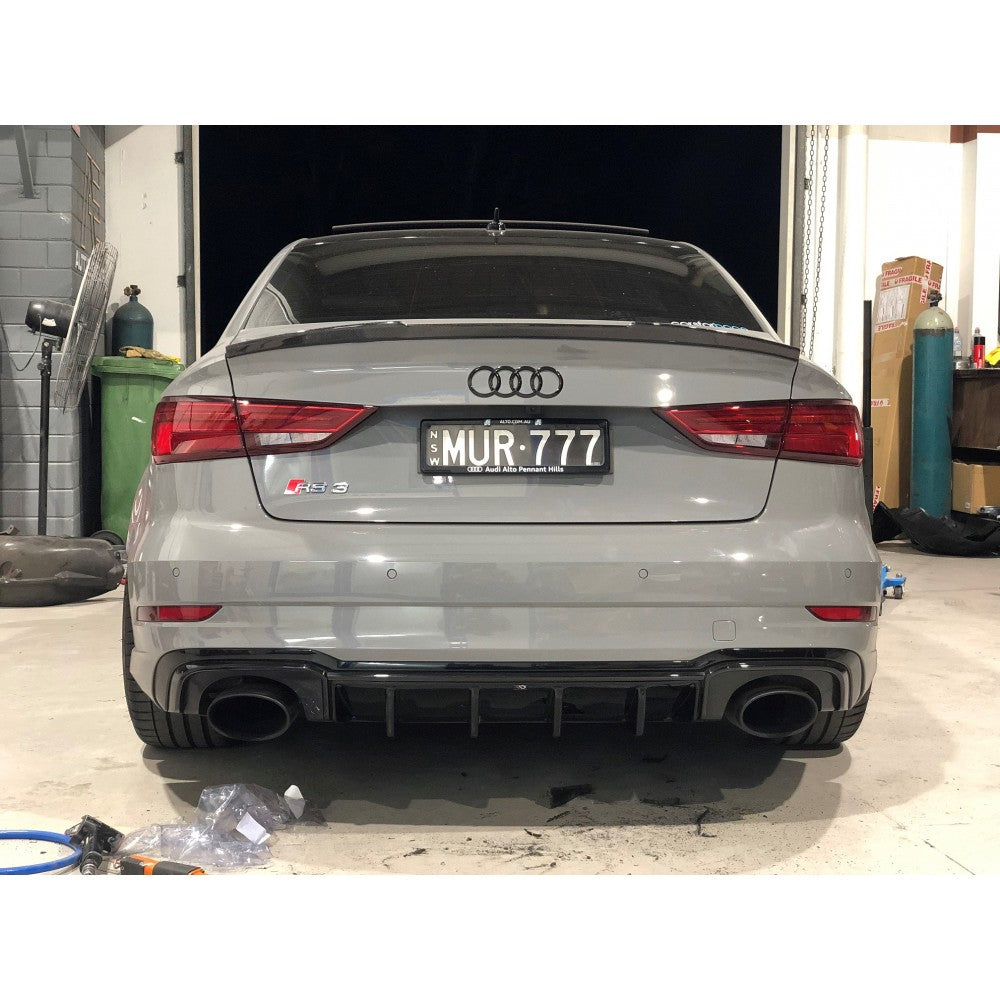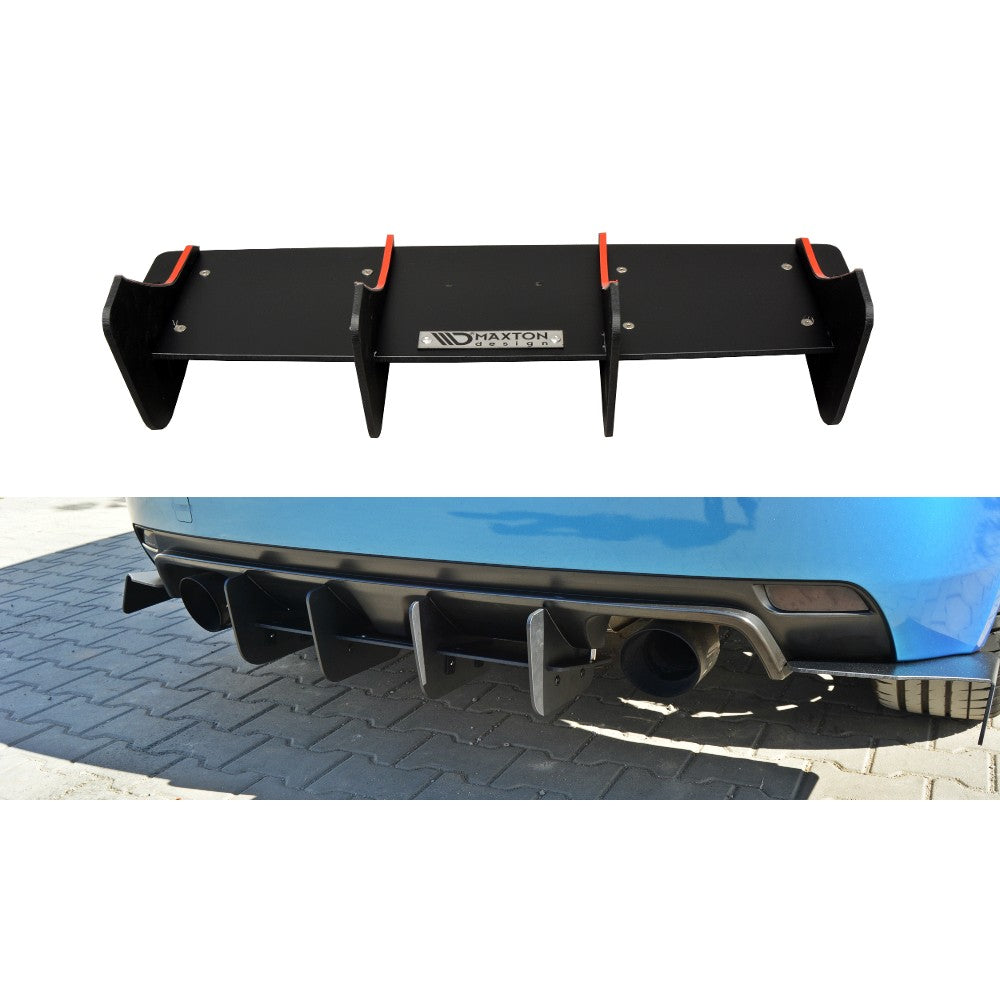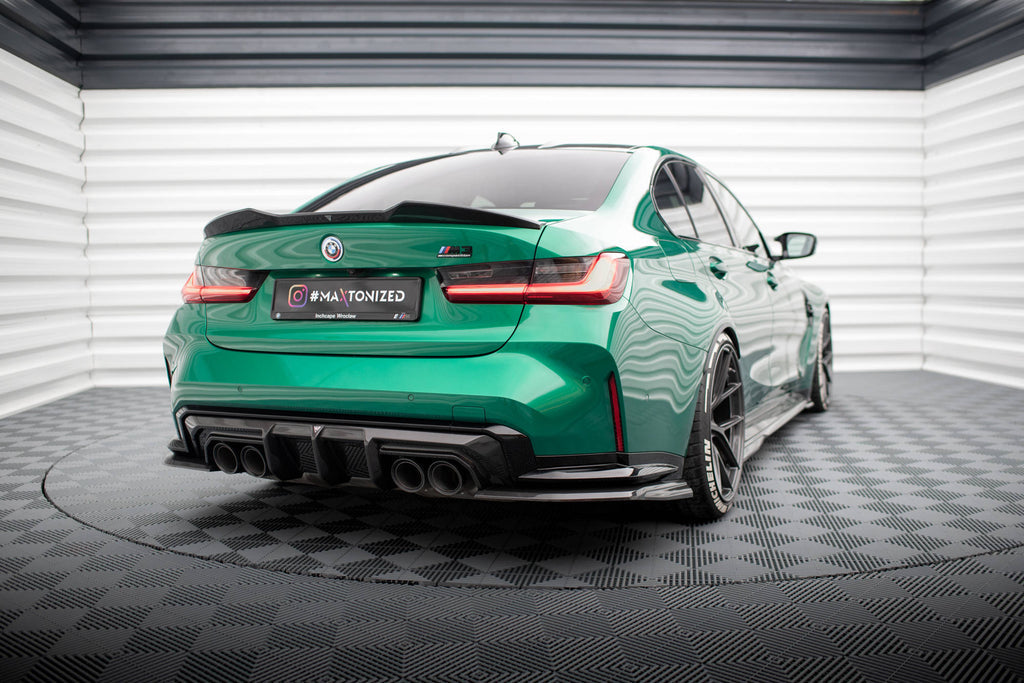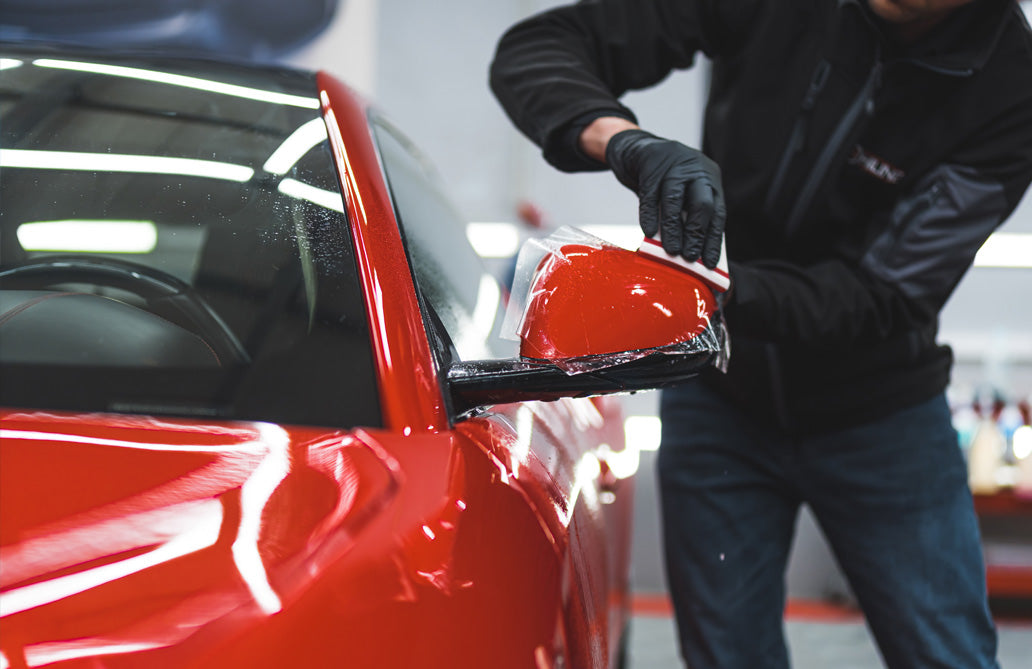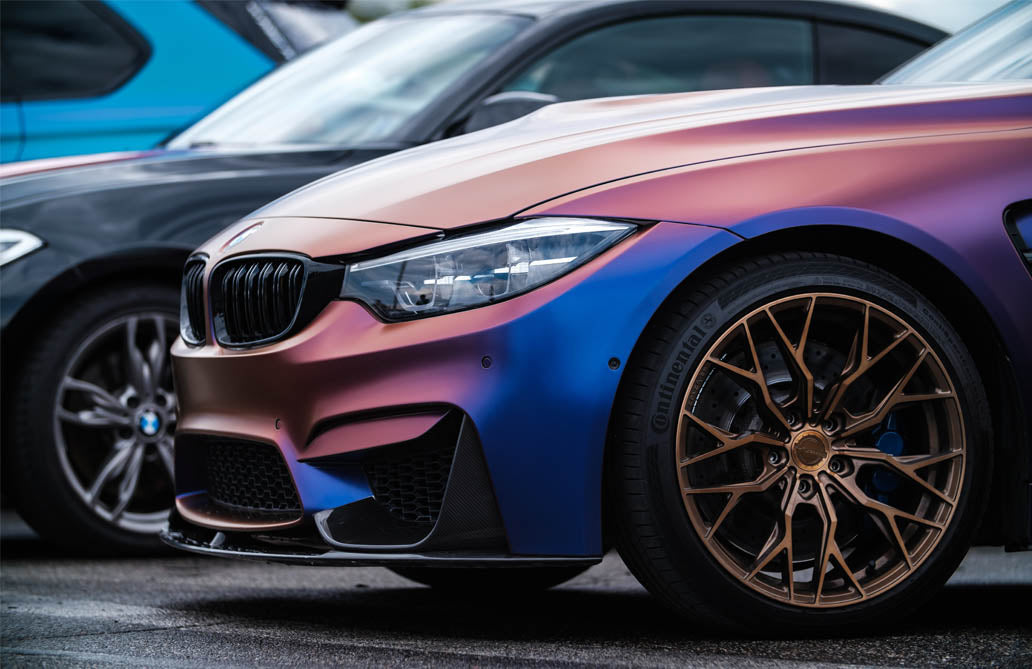It can be said with authority that the Volkswagen Golf is one of the most successful cars in the world. The Golf has been in production for 4½ decades, and has sold well over 33 million units since it debuted in the mid-‘70s. Even more impressive is the fact that the Golf has consistently improved with every new generation. This is affirmed by the Golf’s steadily growing market share all around the world over the last few decades.
However, there are those that argue this may not be so for the current 7th generation Golf, the MK7. This review seeks to put the matter to rest, and determine whether the Golf MK7 is indeed better than its predecessor the MK6, specifically from a performance standpoint.
Design Differences
The Golf MK7 is the longest and widest Golf generation yet. It is 4255 mm long, 1799 mm wide, and 1452 mm tall, with a wheelbase of 2637 mm. Compare this to the MK6 at 4199 mm long, 1786 mm wide, and 1479 mm tall, with a wheelbase of 2578 mm. The MK7 is 56 mm longer and 13 mm wider than the MK6; the MK7’s front wheels have also been pushed 43 mm forward. These differences give the MK7 a more dynamic stance, and contribute to its more refined driving dynamics. In short, the MK7’s larger footprint results in a more stable and controlled ride.
According to Volkswagen, the aerodynamics of the MK7 are 10 percent better than those of the MK6. The MK6’s drag coefficient stands at 0.31, while the MK7 does better with 0.29 Cd (0.27 Cd for the BlueMotion model). Some of the design aspects that contribute to the MK7’s improved aerodynamics include its lower roofline, more-laid-back windshield, and that its ride height is 28 mm lower than that of its predecessor. Thanks to this streamlining, the Golf MK7 delivers improved overall performance and enhanced fuel efficiency.
You can make the Golf MK7 even swifter with the right body kit. Yes, it’s likely to look good with almost any body-kit design, but you ought to go for body kits that are not just for show, like the ones that Ausbody Works has on offer.
Lighter and Stronger
The Golf MK7 is also significantly lighter than the MK6. It’s built upon Volkswagen’s MQB (Modularer Querbaukasten) platform, also known as the Modular Transverse Matrix. This platform makes certain MK7 models up to 100 kg lighter than the MK6.
One of the reasons the MQB platform is significantly lighter than its predecessor is that it incorporates both more lightweight high-strength steel and advanced high-strength steel than ever before. This is because in recent years, the Volkswagen Group has significantly built its expertise in handling high-strength steel. The percentage of high-strength steels in the Golf has grown from 6% in the MK6 to 28% in the MK7. According to Volkswagen, these high-strength steels are up to 6 times as strong as conventional steel. The MK7 also has 9% advanced high-strength steel, which is even stronger.
These higher concentrations of hot-stamped steels make the body and chassis of the MK7 significantly more rigid than that of the MK6. The more rigid a chassis is, the better a car performs, because such a chassis provides a more solid and stable base for the car’s suspension system. This is yet another area in which the MK6 strikes out.

Suspension and Steering
When engineering the Golf MK7, Volkswagen sought to take advantage of the MQB chassis. They also focused on reducing the weight of the suspension components. In the front, the MK7 features a spring-strut-type suspension system with lower wishbones designed to facilitate sharper and more responsive handling. Thanks to the reconstitution of the entire front suspension setup, and also to the use of high-strength steel in certain components, the MK7’s front suspension setup is 1.6 kg lighter than that of the MK6.
In the rear, the MK7 models with engines that generate 122 PS or less feature a lightweight new modular, multilink rear suspension system with a transverse torsion beam. The models that feature more powerful engines come equipped with a modular performance multilink rear suspension system. Both suspension setups demonstrate notable improvements in acoustics, kinematics, and modularity in comparison with the MK6's suspension setups. They also both deliver smoother rides.
In terms of steering, the MK7 features an electro-mechanical power steering system that is similar to that of the MK6. It has the ability to vary its steering feel depending on the prevailing driving situation. For example, steering is more responsive at lower speeds, and firmer at higher speeds. The GTI and R models feature progressive steering that varies the steering gear ratio. This feature enables a driver to turn the car with smaller steering inputs than with regular steering.
Engines
The Golf MK7 comes equipped with more advanced engines, several of them being a bit more powerful than those of the MK6. The MK7 engines all incorporate start/stop technology, meaning that the engine shuts down at stoplights and restarts when you lift your foot off the brake pedal to accelerate. This results in higher fuel efficiency. All MK7 engines are turbocharged.
Petrol Engines
1.2-litre TSI engine: The base engine in the S model is a 1.2-litre TSI 16-valve 4-cylinder engine that makes 85 PS at 4300 - 5300 rpm, 160 Nm (118 lb.-ft.) of torque at 1400 - 3500 rpm. This engine pairs with a 5-speed manual transmission, and delivers a combined economy of 57.6 mpg. It also does zero to 62 mph in 11.9 seconds.
1.0-litre TSI engine: Next up is a 1.0-litre TSI 12-valve 3-cylinder engine that is specific to the Match BlueMotion Edition model. This engine is rated at 115 PS at 5000-5500 rpm and 200 Nm (148 lb.-ft.) of torque at 2000-3500 rpm. It delivers an amazing fuel economy of 65.7 mpg. It pairs with either a 6-speed manual or a 7-speed DSG gearbox.
125 PS 1.4-litre TSI engine: Available on the S model and standard in the Match Edition is 1.4-litre TSI 16-valve 4-cylinder engine rated at 125 PS at 5,000 rpm and 200 Nm (148 lb.-ft.) at 1,400 rpm -3,500 rpm. This engine also pairs with either a 6-speed manual or a 7-speed DSG, and it boasts of a zero to 62 mph time of 9.3 seconds. Its fuel economy stands at 54.3 mpg in combined driving (56.5 mpg with the DSG).
150 PS 1.4-litre TSI engine: Specific to the GT Edition and R-Line Edition models is a more powerful 1.4-litre TSI 16-valve 4-cylinder engine that is good for 150 PS at 4,500 - 6,000 rpm and 250 Nm (184 lb.-ft.) of torque from just 1,500 to 3,500 rpm. This engine employs Active Cylinder Technology that enables it to deactivate two cylinders when the throttle loads are light, such as during highway cruising. This engine achieves a better zero to 62 mph time of 8.4 seconds. It delivers an impressive fuel economy of 59.9 mpg in combined driving, thanks to the Active Cylinder Technology.
220 PS 2.0-litre TSI engine: The sporty GTI gets an exclusive 2.0-litre TSI 16-valve 4-cylinder engine that generates 220 PS at 4500 rpm and 350 Nm (258 lb.-ft.) of torque at 1500 to 4400 rpm. This engine propels the MK7 from zero to 62 mph in just 6.5 seconds, and achieves a top speed of 152 mph. With equipped with an available Performance Pack, this engine’s output improves to 230 PS at 4700 rpm, which translates to a top speed of 155 mph and a slightly quicker 0-62 mph time of 6.4 seconds. The GTI’s engine delivers a fuel economy of 47.1 mpg when equipped with a 6-speed manual transmission, and 44.1 mpg when equipped with an available six-speed DSG gearbox.
300 PS 2.0-litre TSI engine: The R model features a more powerful version of the GTI engine that generates 300 PS at 5500-6200 rpm and 380 Nm (280 lb.-ft.) of torque at 1800 – 5500 rpm. This engine delivers a fuel economy of 39.8 mpg with a 6-speed manual and 40.9 mpg with the DSG option. This engine also facilitates the quickest acceleration with a zero to 62 mph time of 5.1 seconds. Also worth noting is that the R model comes equipped with a 4MOTION all-wheel drive system.
Diesel Engines
The Golf MK7 may also be had with several diesel engine options:
110 PS 1.6-litre TDI engine: One of the available turbo-diesel engines on offer in the MK7 is a 1.6-litre TDI 16-valve 4-cylinder engine that generates 110 PS at 3000 - 4000 rpm, and 250 Nm (184 lb.-ft.) of torque at 1500 - 2750 rpm. This engine is available with a five-speed manual or a seven-speed DSG transmission. It delivers an amazing fuel economy of 74.3 mpg (72.4 mpg in the DSG).
150 PS 2.0-litre TDI engine: Available on the March Edition, GT Edition, and R-Line Edition models is a 2.0-litre TDI 4-cylinder engine that serves up 150 PS at 3500 - 4000 rpm, and 320 Nm (236 lb.-ft.) of torque at 1750 - 3000 rpm. This engine provides a zero-to-60 mph time of 8.6 seconds, and a combined fuel economy of 67.3 mpg (62.8 in the DSG).
184 PS 2.0-litre TDI Engine: Standard on the performance-themed GTD model, and available on the adventure-ready Alltrack model, is a more powerful 2.0-litre TDI 4-cylinder engine rated at 184 PS and 380 Nm (280 lb.-ft.) of torque. This engine boasts a zero-to-62 mph acceleration time of 7.5 seconds. It has a fuel economy of 64.2 mpg with the manual, and 60.1 mpg with the DSG.
The Verdict
All things considered, the Golf MK7 is an improvement on the MK6 in performance and many other aspects. If you are trying to decide which to pick between the two, try the MK7; you are sure to be pleasantly surprised. Once you get your MK7, be sure to check the body kits we have in stock for Golf GTIs that we have for it at Ausbody Works. They are affordable yet quite durable, sourced from some of the best body kit manufacturers in Australia and Europe.

